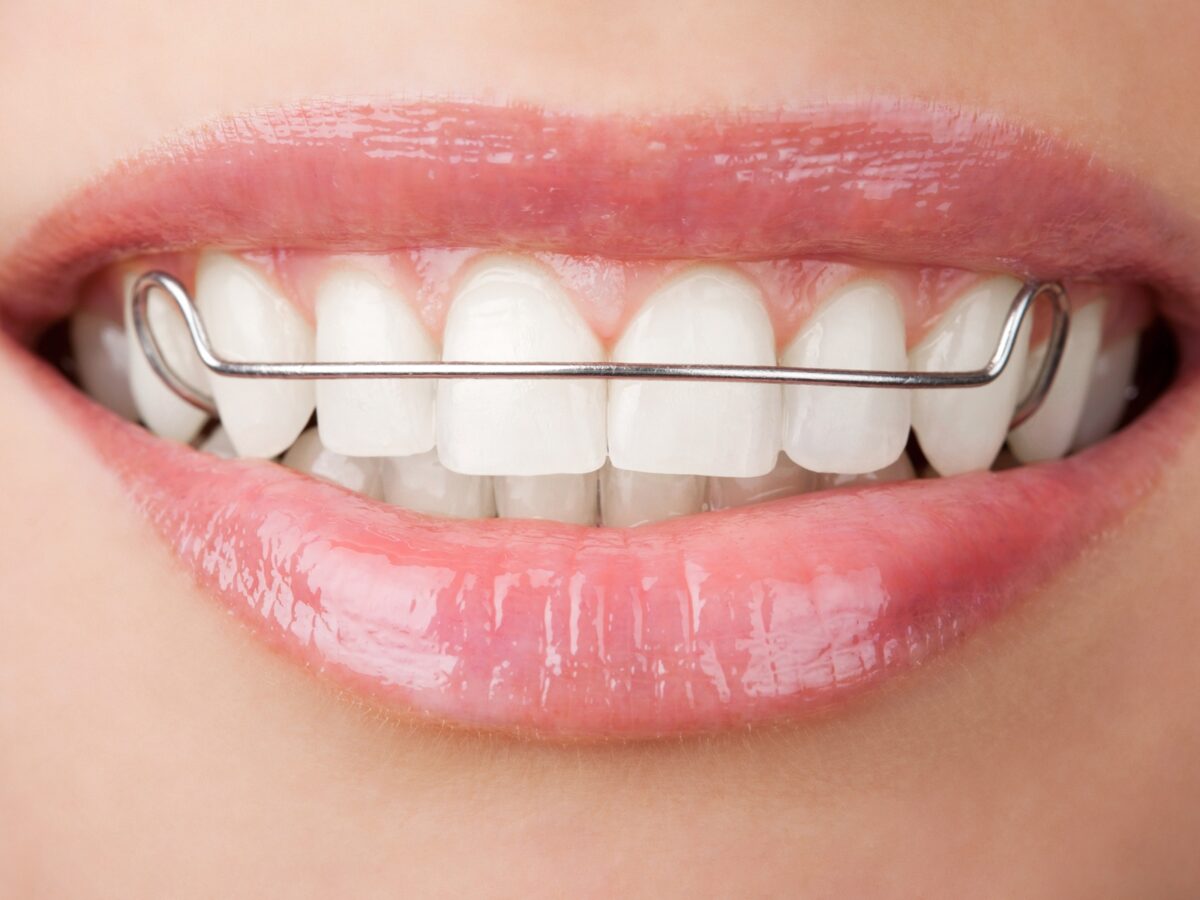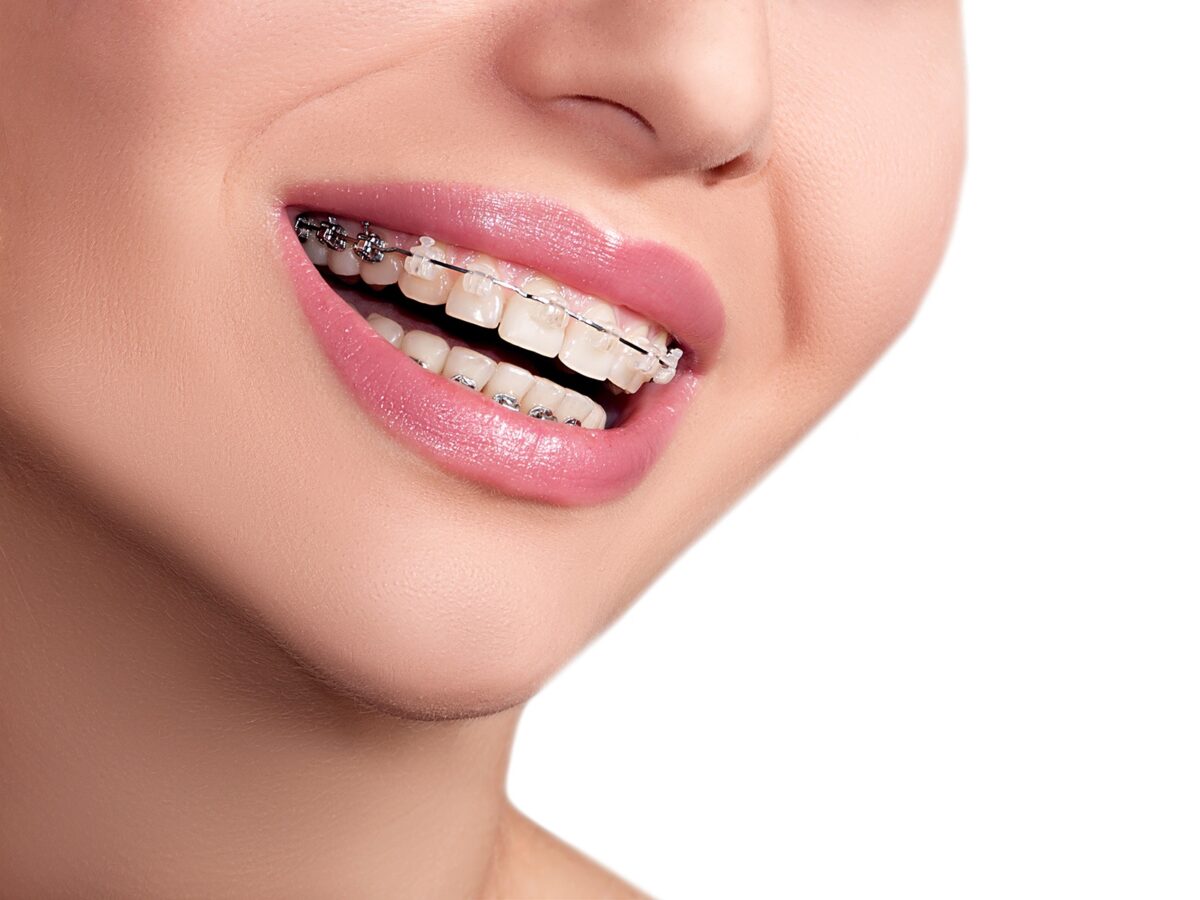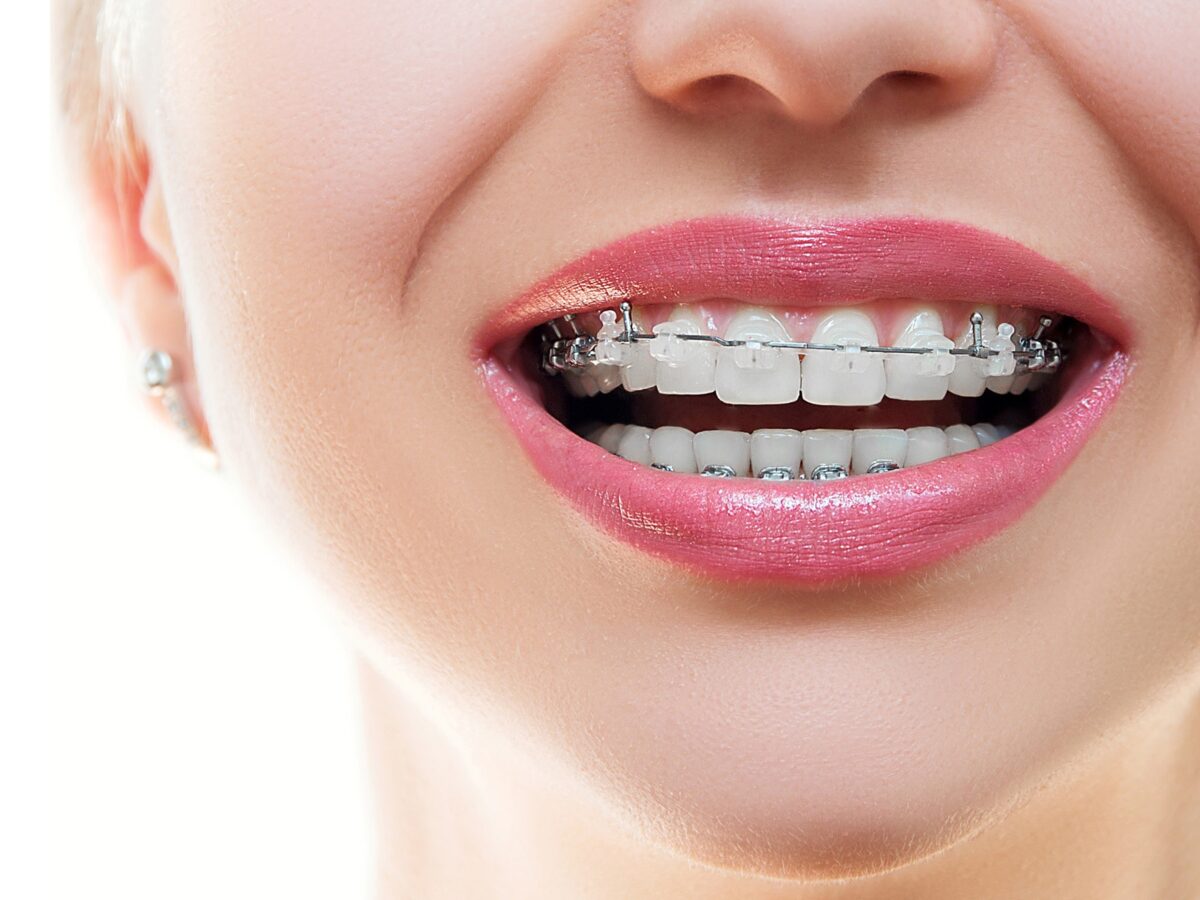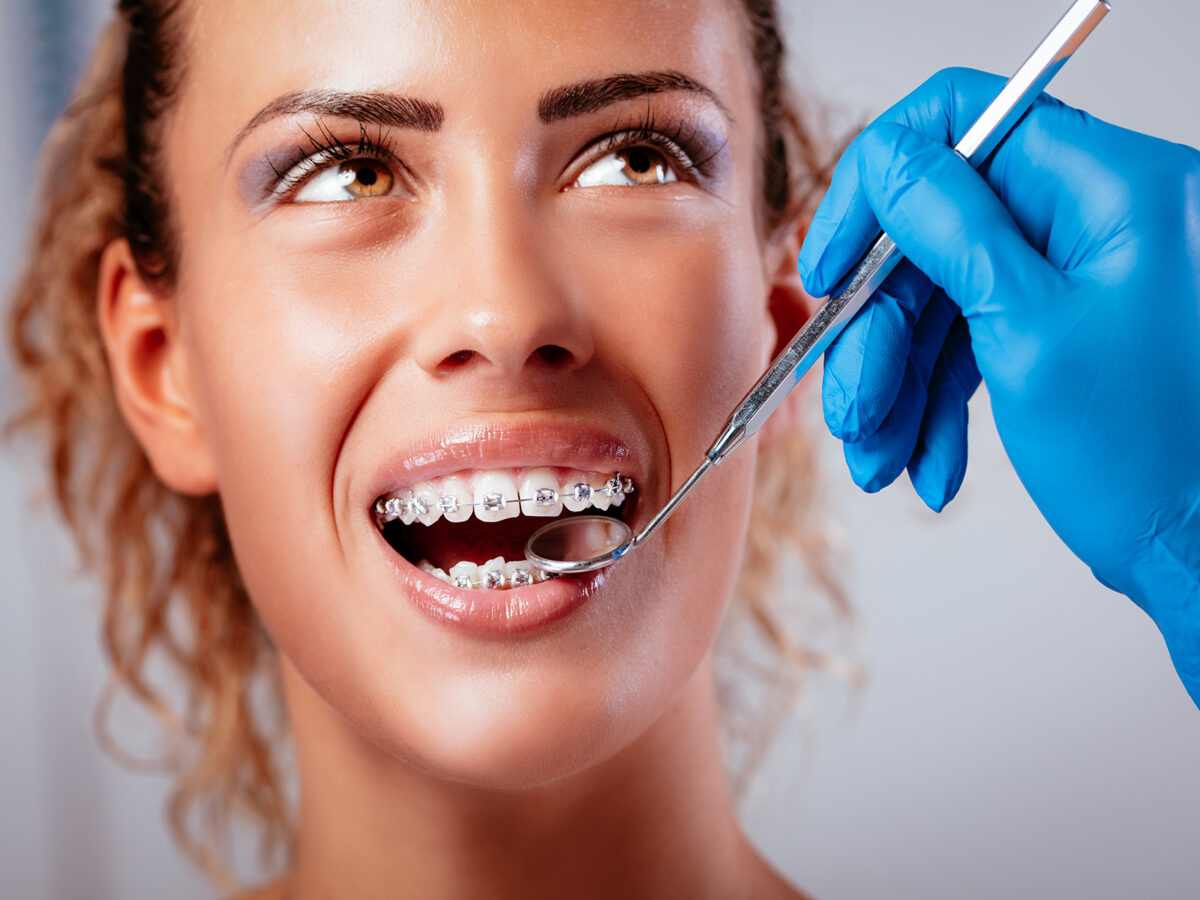A retainer is a fixed or removable piece of equipment made of wires or plastic. Orthodontic retainers are used to keep your smile aligned after active orthodontic treatment.
Removing braces is a long-awaited relief for many – it offers a sense of regained freedom. However, many people are disappointed to recall that they must now wear a retainer.
Why Retainers?
To begin with, let’s clarify a myth that retainers are only worn after braces.
The truth is that retainers are required after any position-correcting treatment or procedure has been completed – whether it is Invisalign or surgery.
Until the gums and bones that hold your teeth in place are strong enough to handle the task themselves – at least not right away – retainers act as additional support.
As you eat and speak, the supporting tissues around your teeth will gradually get more robust, so they won’t shift back.
You will gradually shift your teeth back if you do not wear your retainers, making the whole process a waste of time and money. A retainer is similar to that of home insurance, which is to protect your investment.
Do You Wear Them Often?
You will still need to wear them every night, even if you have a bonded wire in the first year. Retention review is conducted on patients two years before they are fully discharged. It’s to ensure you’re still satisfied with the result of your braces, that you’re still wearing them, and that they’re still fitting well. If your wear is reduced to every other night, that can be reduced to three times a week. Thus, attendance at your retainer reviews is essential. Make sure your retainers are with you!
Feel free to call or book an appointment online if you need new retainers or a retainer review.
Schedule your appointment with a dentist today and get the treatment on time!





